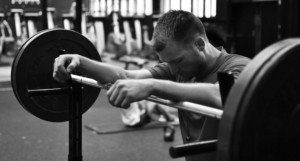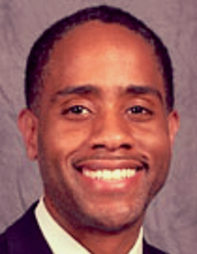
A cardiologist explains PVCs (premature ventricular contractions) that occur after exercise: how soon after do these matter; is there a cut-off point?
If someone has PVCs in the minute after stopping the exercise but not beyond a minute, does this count as “PVCs after exercise”?
“Yes, it does count as a PVC after exercise,” says cardiologist David N. Smith, MD, a board certified cardiologist with Dynamic Health in Charlotte, NC.
“But it does not necessarily imply significant risk without incessant or repeated runs, drop in blood pressure, passing out or having a significantly compromised heart.”
I’ve noticed that questions about PVCs occurring after exercise are fairly common in online health communities, so hence, my two questions here have some degree of overlap. So the next question then is:
What if someone has some PVCs 45 minutes after exercise?
Dr. Smith explains, “There should be no significant risk from PVCs alone. Irrespective of the time after exercise, PVCs don’t imply a risk unless there is some significant compromise to the person’s well-being (becoming lightheaded, dizzy or passing out), physical status or underlying heart function.”
If you’ve been noticing PVCs (premature ventricular contractions) soon after exercise as well as immediately after (slowing down on the treadmill, putting the barbell down, having a seat in the locker room, etc.), there is nothing to worry about if this is your only experience.
Note the qualifications for something to alert your doctor to: incessant runs, blacking out or feeling faint, dizziness and/or a diagnosed heart condition.












